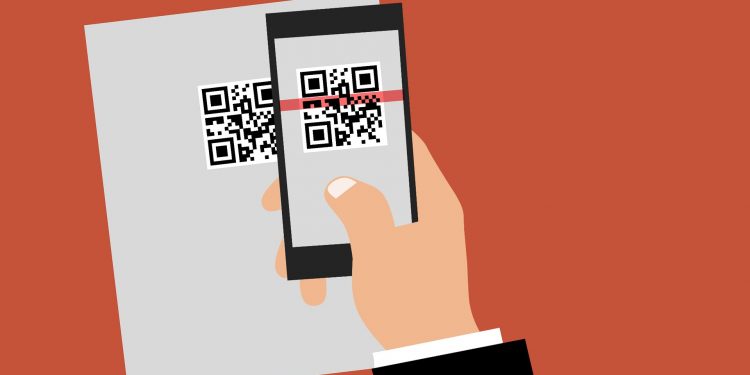Here is a concerning spin on QR Codes and how they are disrupting the credit card industry.
BC Card is a domestic payment scheme in Korea. It is a complex organization that includes Citibank Korea, Standard Chartered Korea, and significant local banks such as Busan Bank, Kookmin Card, and Shinhan Card. The BC Global entity is also a Diners Club franchisee company. The Korean payments market faces some headwinds due to the popularity of QR codes, as Business Korea reported last year.
- The Korean credit card industry, whose annual usage amounts to 627 trillion won (as of last year), may go extinct.
- It is because QR code payment systems, which transfer money directly from the buyer’s bank account to the seller’s bank account without going through the card network, are likely to become widespread.
- According to card industry officials, there is no room for credit card companies to intervene in this payment method.
- The card industry’s sense of crisis is deepening due to pressures for additional commission rate cuts and additional maximum interest rate cuts.
The problem stems with the disintermediation of payment brands, an issue we noted as an industry risk in Mercator’s recent research report on the Latin American market.
- According to the Bank of Korea, the amount of credit card usage, which was 360.56 trillion won in 2008, grew 74% in 10 years to reach 627.34 trillion won last year. The amount of credit card usage has increased without any decline for 15 years since 2003.
- However, the forecast in the financial circle is that the growth of credit cards will not last long. It is because QR code-based payment systems that do not go through the card network are likely to be spread more widely.
- The Financial Information Promotion Council of the Bank of Korea has set a schedule to introduce a mobile direct payment service based on bank deposit accounts in the first half of next year. The BOK will develop the QR codes that can be commonly used by domestic banks by September this year.
- The proposed mobile direct payment system is a structure that directly connects the bank accounts of a merchant and a consumer without using the card network.
- When a member store types in the payment app the amount of money to charge a consumer and creates a QR code, the consumer scans the QR code using a payment app or a bank app, presses the password, and pays the amount.
- As each person uses their own smartphone, a payment terminal (POS) is not needed. The Bank of Korea says this system would change the current settlement structure that depends too much on credit cards.
The connection to today’s news in Indonesia is essential for payment brands and global issuers to understand. The Korea Times reported today that Korea’s BC Card’s investment in an Indonesian credit card business is starting to unravel. Simultaneously, Shinhan Indo Finance just posted a 1.6 billion won (USD $1.3 million) loss during the first half of 2019.
Here’s the issue:
- Shinhan Indo Finance, for example, suffered a 1.64 billion won ($1.3 million) loss during the first half of 2019.
- The Indonesian government decree, which took effect in May 2016, also pushed its people back to cash as it required credit card providers to submit transaction details ― including customer identity ― to the Indonesian Tax Office.
- Moreover, a growing number of Indonesians are switching from cash to QR code-based digital wallets, not credit cards, according to the Korea Trade-Investment Promotion Agency (KOTRA).
- “Indonesian merchants prefer QR code-based digital wallets to credit cards, because it costs less than installing credit card terminals,” a KOTRA official said.
Our view on QR codes is that they offer a reliable option for developing economies to accept payments. A $50 mobile android phone and a free app from the Google Play store is all you need to accept payments. The risk is disintermediation. With the same setup, merchants can bypass the payment system. On one hand, we expand financial inclusion, while on the other hand, we enable users to operate outside of the banking system on closed loops.
What is happening in Indonesia is that QR codes can be used to fund P2P transfers outside of the network payment scheme. Instead of running the payment through a trackable (and taxable) transaction model, there is an opportunity to interact directly between the consumer and a merchant without either a domestic or global transaction flow.
This creates the opportunity for closed-loop payment models to gain scale, which will disrupt the existing payments model in many markets. While it increases financial inclusion, it may be at the expense of existing credit structures.
Overview by Brian Riley, Director, Credit Advisory Service at Mercator Advisory Group











